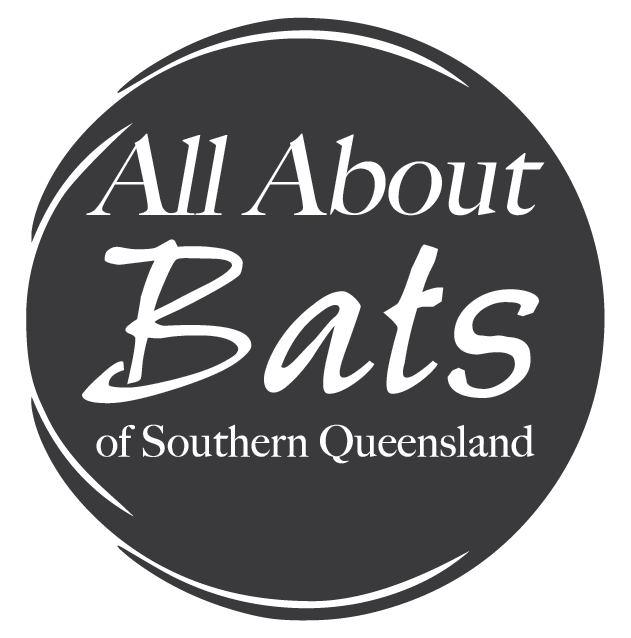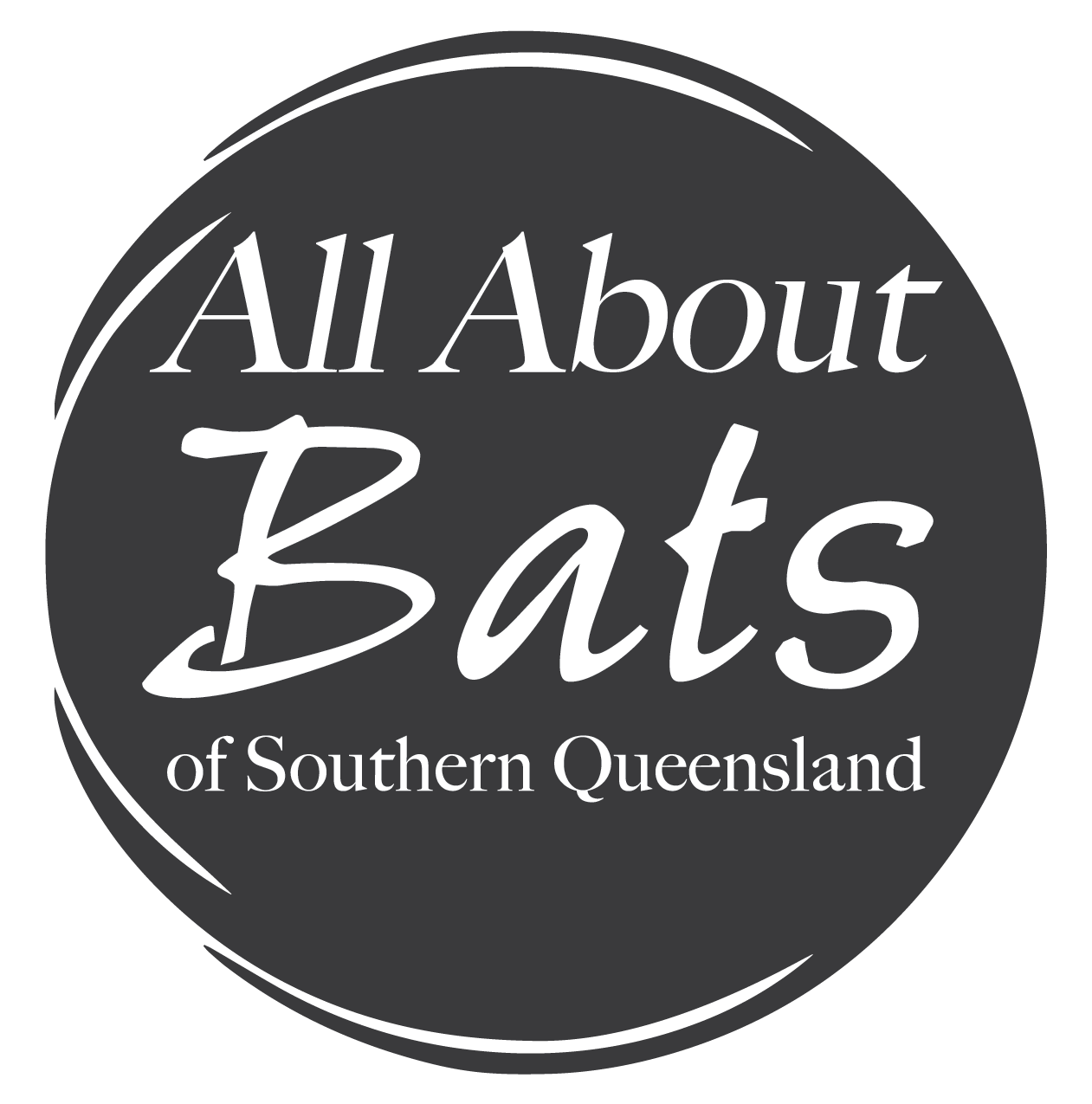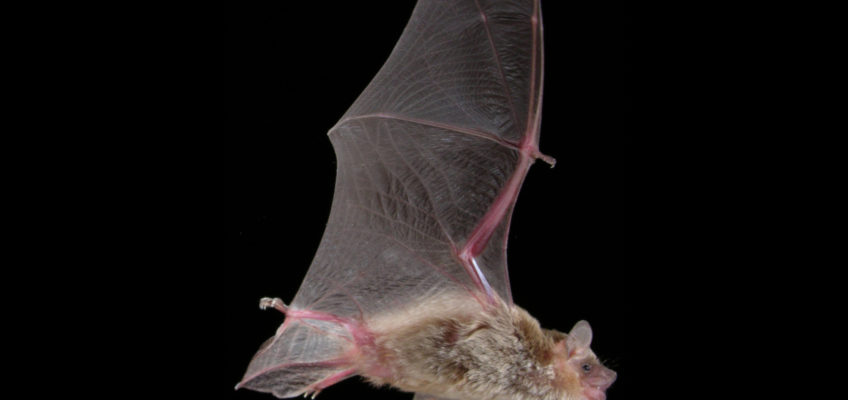Scotorepens balstoni
This common species of microbat is about 50mm from head to tail with a mean wingspand of 278mm.
It has dark brown to pale sandy fur, relatively slender ears and a broad, square-shaped muzzle with a pug-like nose. Their well-developed jaw muscles and aggresive nature mean they can be quite bitey when captured. S. balstoni is larger that the Little Broad-nosed Bat (S. greyii) and more bicoloured and paler than the South-eastern Broad-nosed Bat (S. orion), both can be found in southern Queensland.
Habitat
Colonies of up to 45 have been recorded in tree hollows and in the roofs of houses. They have even been seen roosting under the metal caps of power poles and in water down-pipes. Their common status means that can be found over much of semi-arid and arid Australia – in open woodland, shrublands, mallee and grasslands. Often seen as an early evening forager, they have continuous flight below the tree canopy – within 15m of the ground. Their main diet consists of cockroaches, termites, crickets, cicadas, bugs, beetles, flies, moths and ants.
Breeding
Mating occurs before winter. Females give birth to one or two babies in summer. By five weeks old, young can fly on their own.
Predators and Threats
Tree snakes, hawks and owls. Loss of tree roosts and habitat, modified fire regimes.
Photo: Michael Pennay
Sources:
Churchill, S. (2008) Australian Bats (2nd Edition). Allen and Unwin, Sydney.
Hall, L. (2009) Bats, A Wild Australia Guide. Steve Parish Publishing, Queensland.
Atlas of Living Australia


